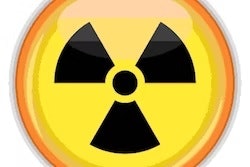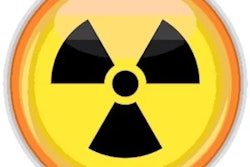
An American College of Radiology (ACR) task force has released the first radiation dose index registry for fluoroscopy procedures in 20 years. The report was published November 12 in the Journal of Vascular and Interventional Radiology.
Task force members calculated optimal radiation dose levels for 100 fluoroscopy-guided interventions based on reports from 10 hospital systems in the country and created a document called the DIR-Fluoro Registry (DIR-Fluoro).
"The DIR-Fluoro registry is now a living normative dataset, which will allow participating sites to benchmark their performance against their peers," noted a team led by Aaron Kyle Jones, PhD, of the University of Texas MD Anderson Cancer Center in Houston.
Technology, training, and radiation management have all changed substantially in the decades since the Radiation Doses in Interventional Radiology (RAD-IR) study in 2003, which was the first multi-institutional prospective study of patient radiation dose indices in the U.S., Jones and colleagues explained. The RAD-IR study included 2,142 cases of 35 specific fluoroscopy-guided interventional procedures; data were collected between 1999 and 2002 via paper forms sent by facsimile and transcribed manually into a database.
The DIR-Fluoro pilot collected data between March 2018 through December 2019 from 50 fluoroscopes across 10 sites. The task force collected radiation dose data on 50,501 cases from 100 common procedures, with dose indices including fluoroscopy time, cumulative air kerma, and kerma area product.
Comparisons of radiation doses between the two studies revealed that doses have decreased over time -- a trend that likely reflects changes such as the use of ultrasound as an adjunct to fluoroscopy; changes in default dose rate settings of new fluoroscopes; the use of added filtration; newer dose reduction technologies; and more widespread training of users of fluoroscopy, the authors reported.
Ultimately, providing new benchmarks for clinicians to reference in DIR-Fluoro may help level out these variations, according to Jones and colleagues.
"DIR-Fluoro is now open for any site that wishes to participate," they concluded.




















